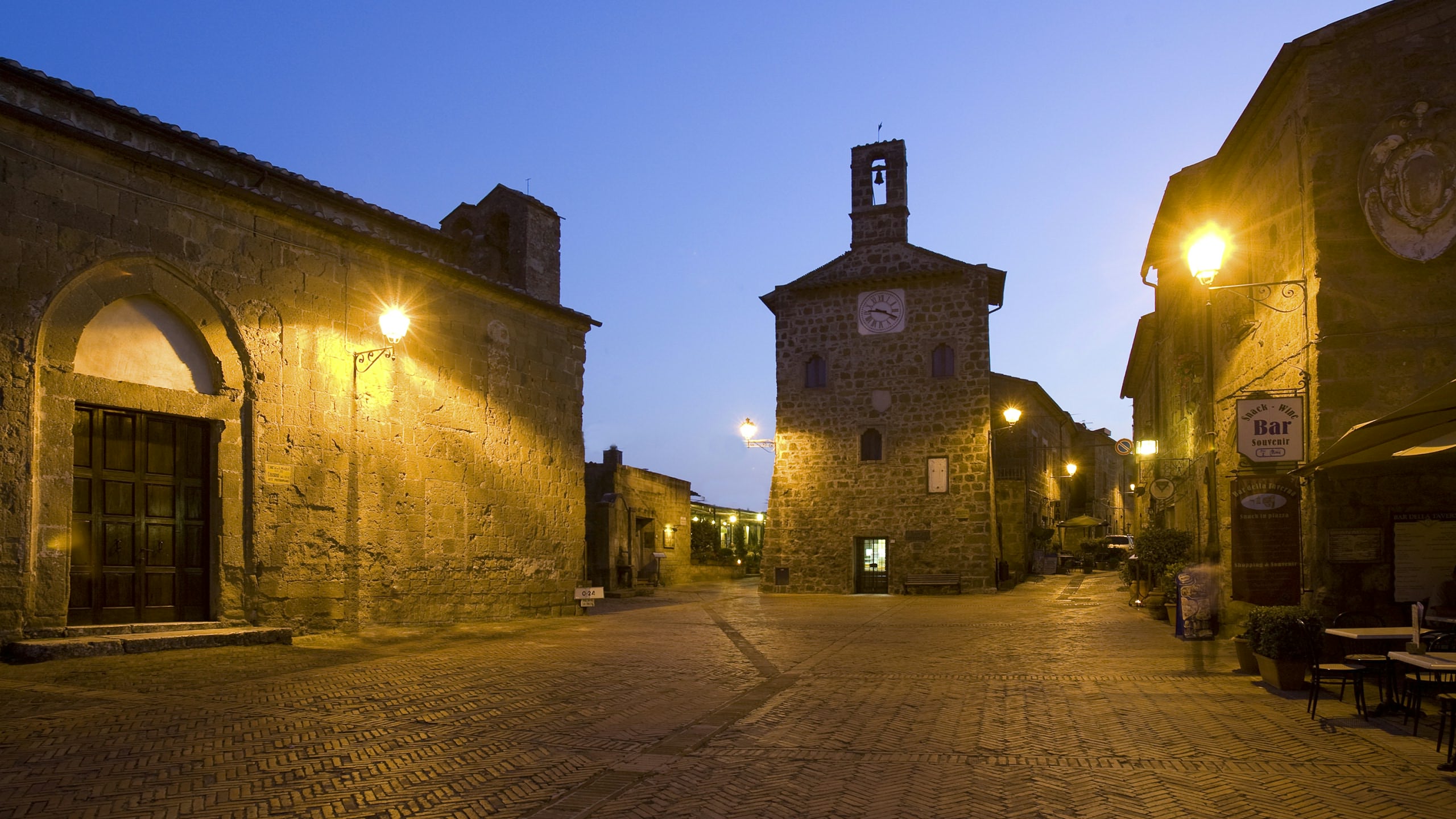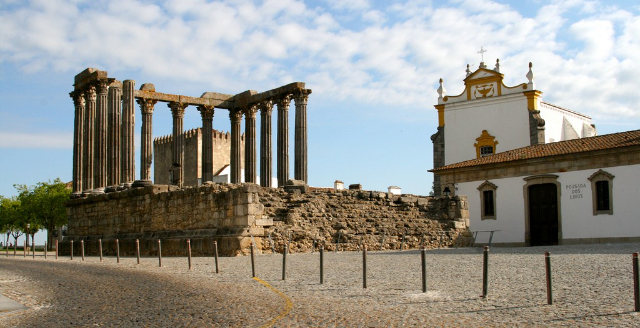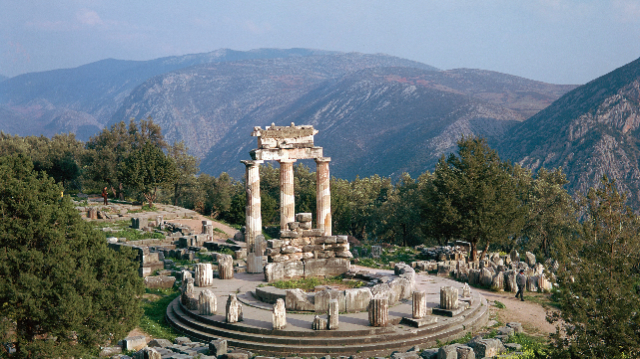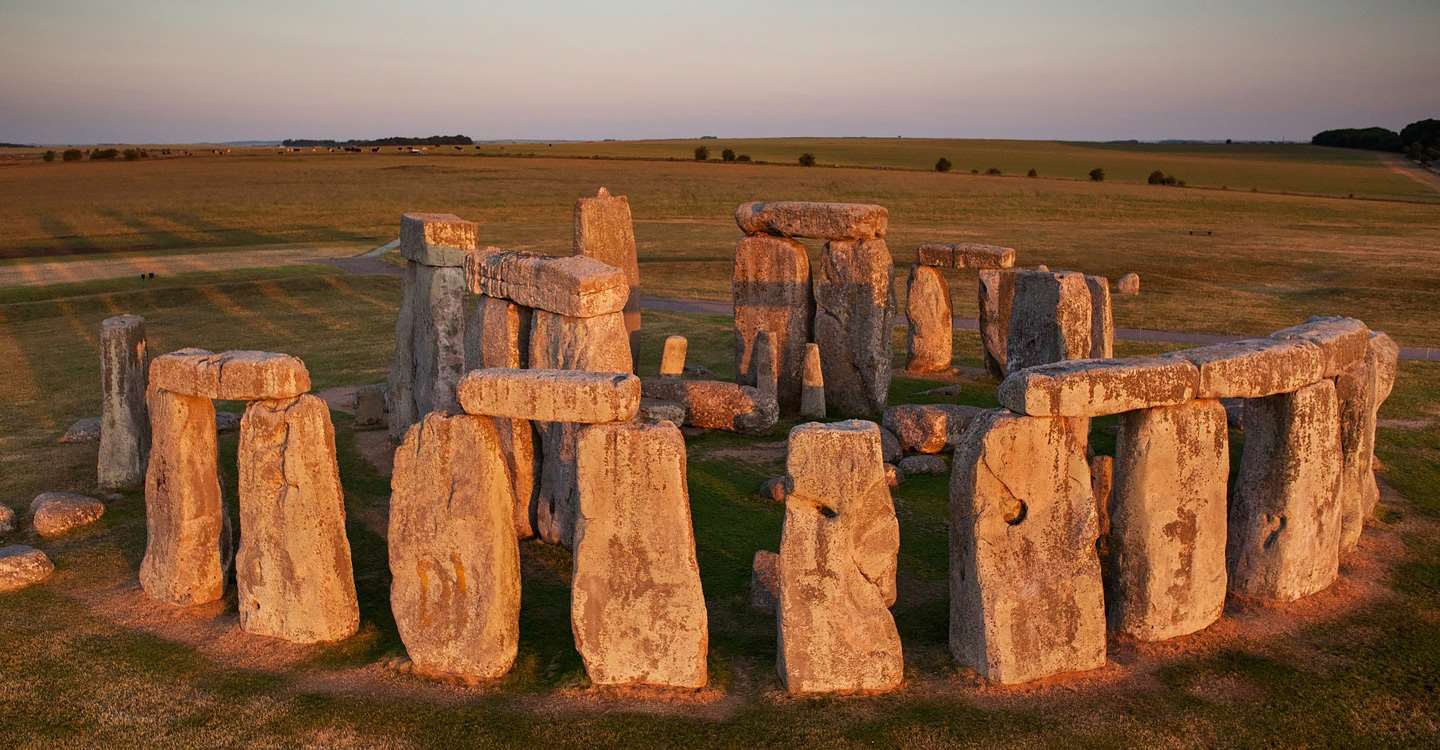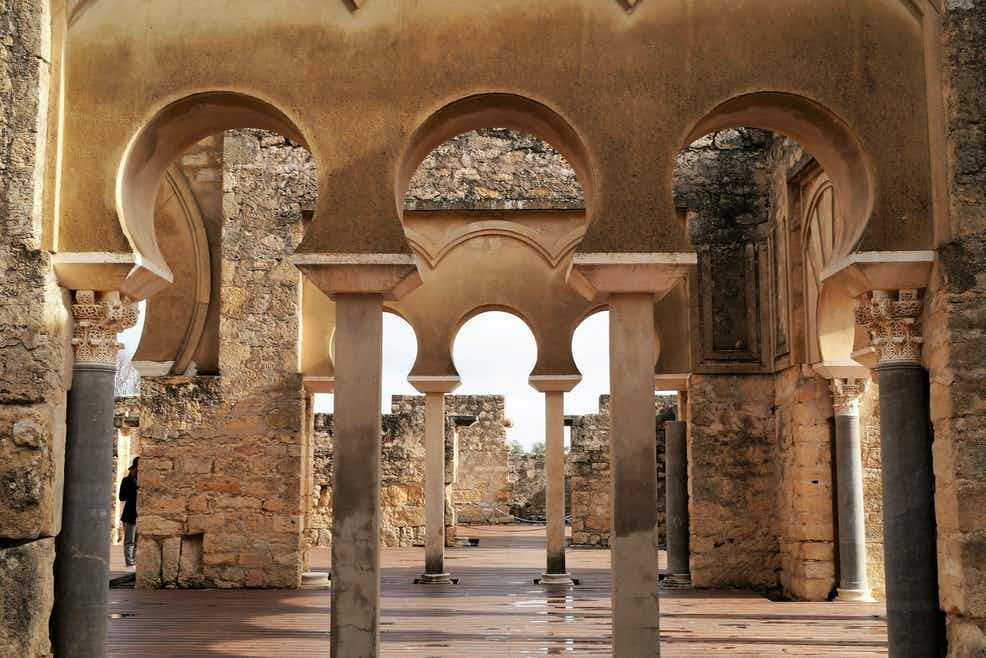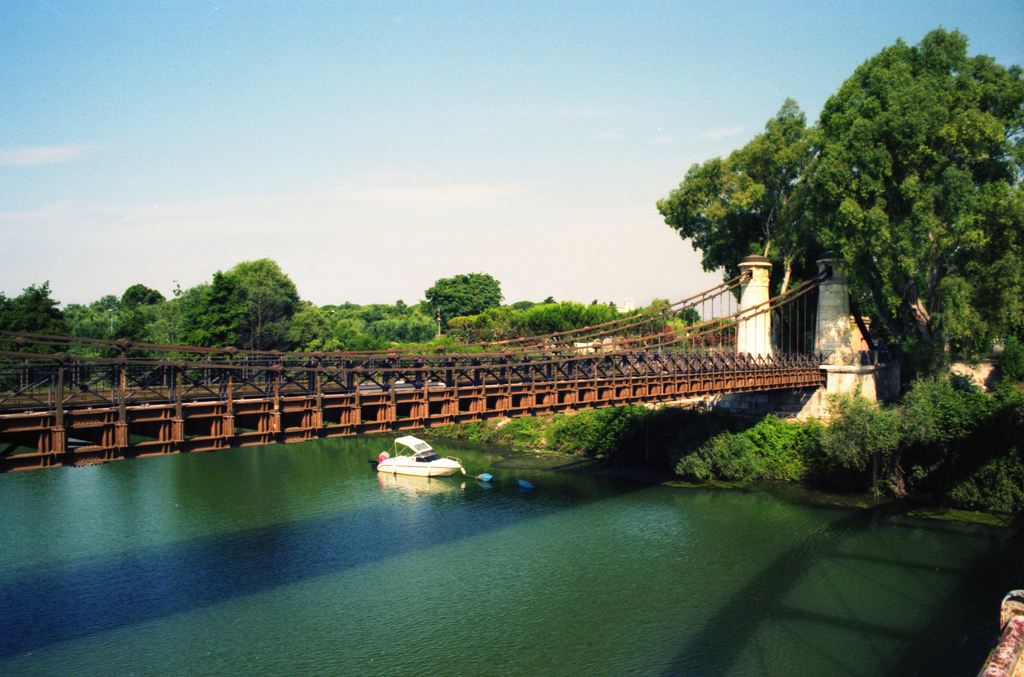Sovana has retained the appearance of the classic medieval village.At the entrance to the town you will immediately find the ruins of the imposing Rocca Aldobrandesca dating back to the 11th century, built on top of an ancient Etruscan building.Walking all the way along Via del Pretorio, the only access road to the village until 1558, you will arrive in Piazza del Pretorio, whose herringbone paving è in part still the original one. The building located in the center, with a large clock on the facade and small bell gable, è the Palazzo dell’Archivio (12th cent.) once housed the town hall. On the left side of the square, you will find the church of Santa Maria dating from the late Romanesque period; inside, above the altar, you can admire the pre-Romanesque ciborium, which turns out to be among the oldest intact pre-Romanesque ciboriums in all of Tuscany (it is supposed to have been taken from the old church of San Mamiliano); also some valuable frescoes from the 15th cent. including one attributed to the school of Andrea di Niccolò the original facade and entrance are now hidden as they have become a wall bordering the adjacent Palazzo Bourbon Del Monte built in the first half of the ‘500s.
Next to the Palace of the Marquises Bourbon del Monte, we find the early Christian church of San Mamiliano whose bell tower è incorporated in the aforementioned palace; è one of the most ancient buildings in Sovana, built over a pre-existing Etruscan structure, according to some è was the first cathedral of the town, it seems instead more likely the thesis that sees it as a cemeteriale church built in the 9th cent. to preserve the relics of St. Mamiliano from the island of Giglio. Today it è a museum (Museum of San Mamiliano) and houses the also Sovana treasure found in 2004 during the restoration of the’building.
On the right side of the square, we find the Palazzo Pretorio, a thirteenth-century building that has numerous coats of arms on its façade leading back to the Sienese captains of the people and commissioners who governed Sovana between the fifteenth and seventeenth centuries; today the Palazzo Pretorio houses the documentation center on the history and archaeology of Sovana.
Leaving the square and taking Via di Mezzo, we will head toward the cathedral. On this narrow street we will find the house of Ildebrando Aldobrandeschi, who in 1073 became Pope under the name Gregory VII. The Cathedral of Sovana è one of the most important buildings in the Romanesque-Gothic style in all of Tuscany.Other important buildings that you will find in the village of Sovana are: the Bishop’s Palace adjacent to the Cathedral, the Loggia del Capitano next to the Praetorian Palace with the large Medici coat of arms and the Convent of St. Benedict behind the Praetorian Square.
